According to numerous studies, the summers in the US are becoming longer, hotter – and dangerous. A July 2023 article in the Washington Post details some of the incendiary mayhem. Reno, Nevada is ground zero with summer temperatures having risen 10.9°F since the 1970s, making it the fastest warming city in the nation. There have been literally weeks of consistent 100°F plus temperatures in Arizona, with no end in site.
As we enter the first week of a new round of very high temperatures let’s take a look at heatwaves throughout the ages. Maybe it will make us feel a tad cooler?
What Is A Heatwave?
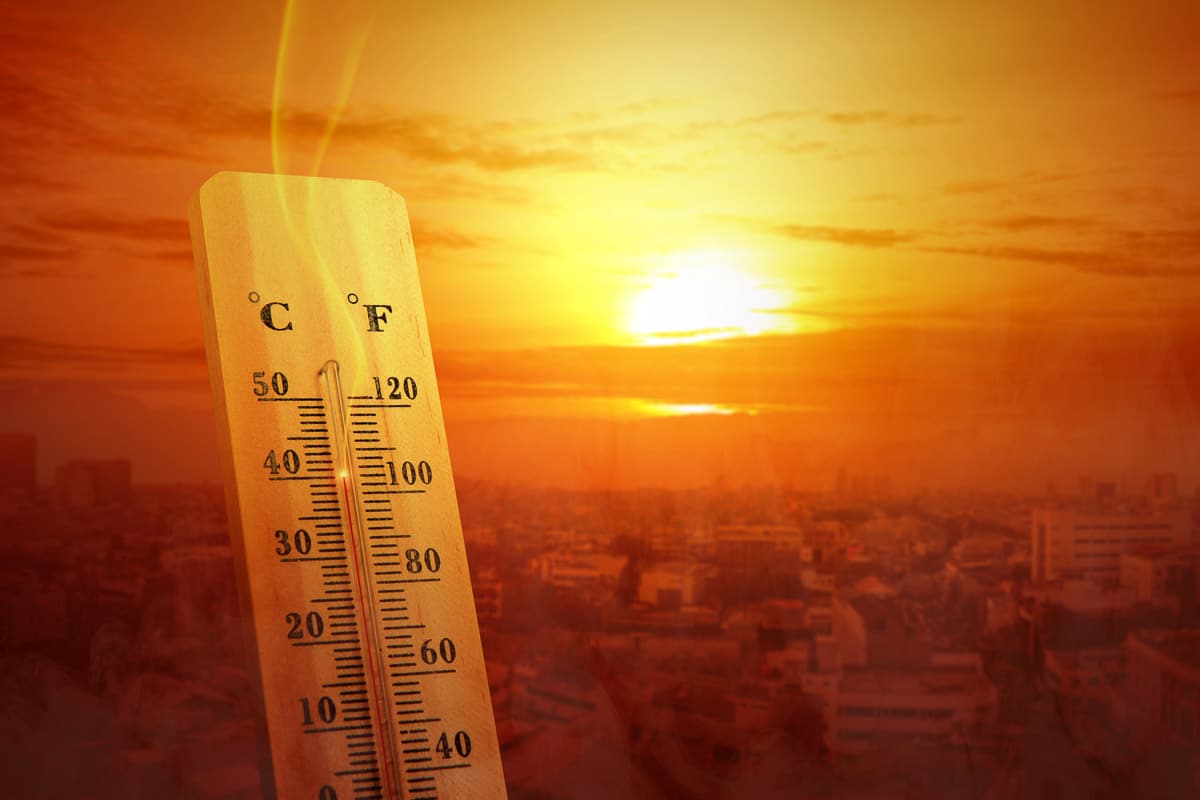
Heat waves are extreme weather events characterized by unusually high and prolonged temperatures. They can have devastating impacts on human health, agriculture, ecosystems, and infrastructure. Over the years, there have been several notorious heat waves that have caused significant loss of life and property.
Historic Heatwaves

Here are some of the worst heat waves ever recorded, some recent, some from long ago. We guess it feels a bit better to know we are not alone, sitting here in sticky, sweating piles of misery.
The Dust Bowl Heatwaves of the 1930s
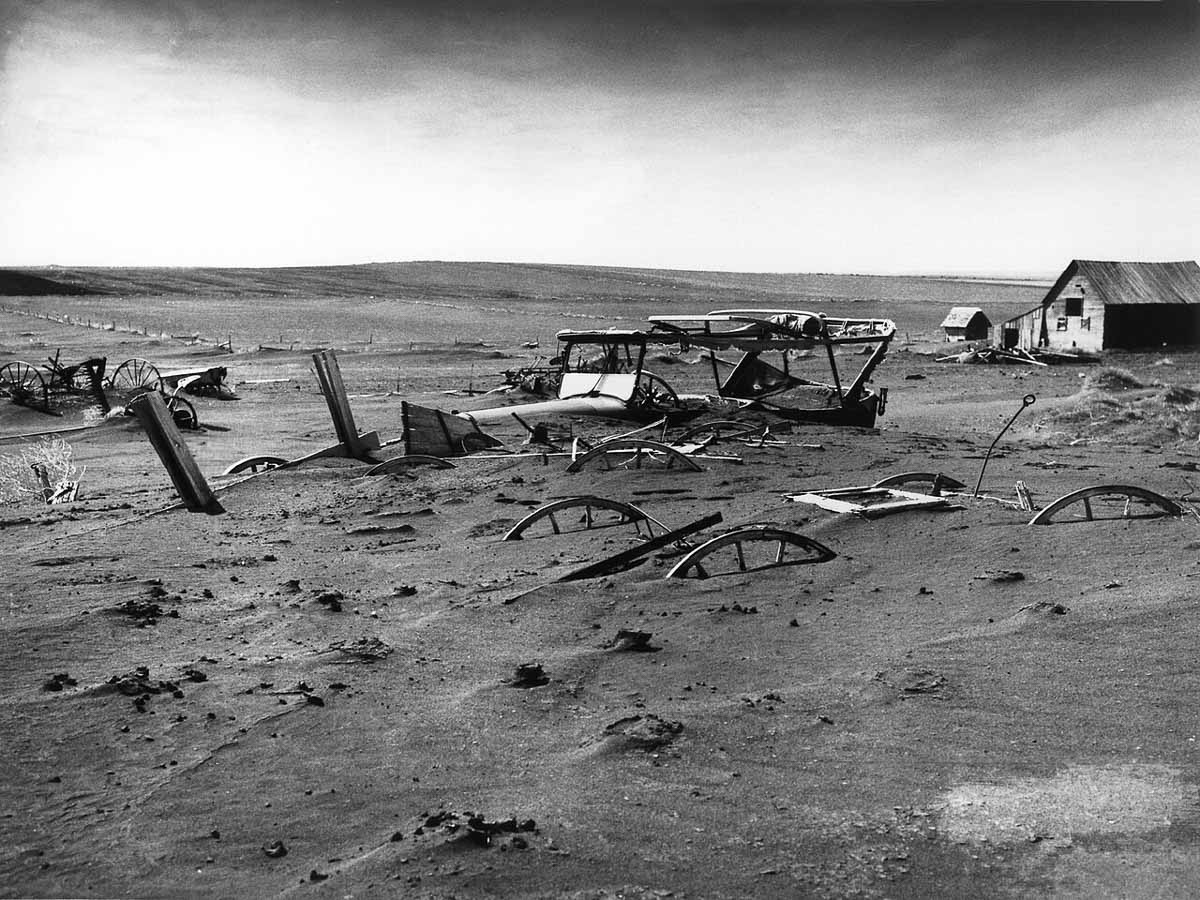
During the 1930s, the United States experienced a period of severe drought and dust storms known as the Dust Bowl. This environmental disaster, mainly affecting the Great Plains, was caused by a combination of natural factors and poor farming practices. The region experienced multiple heatwaves, and the lack of vegetation cover exacerbated the heat and evaporation. The Dust Bowl led to widespread agricultural failures, forced migration of farmers, and economic hardships.
Many died, but it is difficult to pinpoint a number. It is estimated that several thousand people may have died indirectly due to the Dust Bowl and its heatwaves. The overall toll on human lives during this period, including deaths from a combination of factors such as heatwaves, malnutrition, respiratory diseases, and migration-related hardships, remains a subject of ongoing research and debate among historians and experts.
The European Heat Wave of 2003

During the summer of 2003, a severe heat wave struck Europe, affecting many countries including France, Italy, Spain, Portugal, and the United Kingdom. The heat wave lasted for approximately two weeks and caused exceptionally high temperatures, reaching up to 104°F (40°C) in some regions. It is estimated that the heat wave resulted in the premature deaths of tens of thousands of people, making it one of the deadliest heat waves in history.
The Russian Heat Wave of 2010
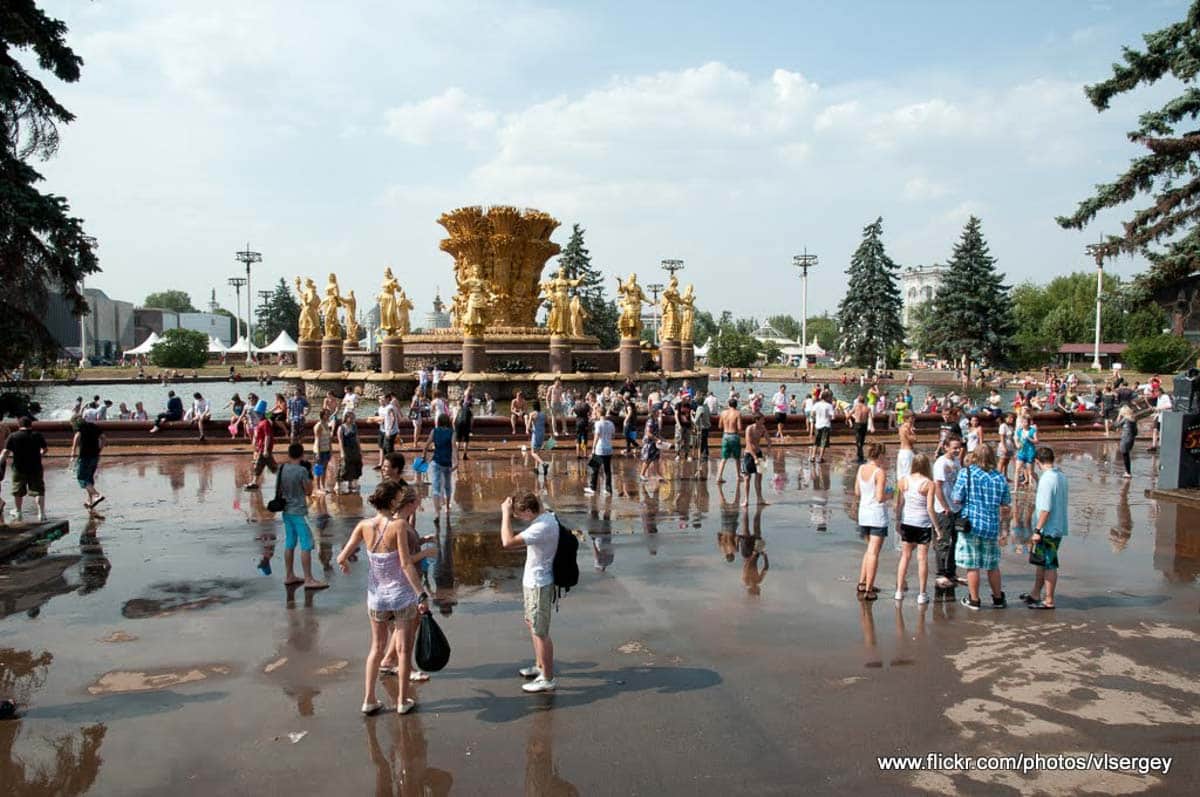
In the summer of 2010, Russia experienced an unprecedented heat wave that lasted for several months. The country recorded its highest temperatures on record, with some areas surpassing 113°F (45°C). The extreme heat led to widespread wildfires, crop failures, and an increase in mortality rates. It is estimated that the heat wave contributed to tens of thousands of deaths across the country.
The 1896 Heatwave in India

In 1896, India experienced a devastating heatwave that is considered one of the deadliest in history. The heatwave lasted for several months and resulted in the deaths of thousands of people. The high temperatures and drought conditions led to water shortages, crop failures, and severe economic hardship for many communities. Some areas recorded temperatures well above 120°F (49°C), with some reports mentioning temperatures as high as 127°F (53°C). These extreme temperatures were instrumental in causing significant health problems, and fatalities.
The New York City Heat Wave of 1896

Historian Edward Kohn has authored a book titled “Hot Time in the Old Town: The Great Heat Wave of 1896 and the Making of Theodore Roosevelt,” detailing the catastrophic heat wave that struck New York City in 1896. This natural disaster claimed approximately 1,300 lives, surpassing the death toll of the Great Chicago Fire of 1871. Kohn, an assistant professor of American history at Bilkent University, emphasizes the unique and insidious nature of heat waves, which kill slowly over several days without leaving visible damage, unlike other disasters. His book also explores how this event influenced Theodore Roosevelt’s career, who was then a police commissioner in New York.
Dense tenement housing on the Lower East Side, made of brick and stone, turned into oven-like environments with temperatures soaring to 120 degrees. These overcrowded and squalid conditions left many people unable to stay inside their homes, forcing them onto streets, rooftops, and fire escapes. The harsh realities of long workdays, manual labor, and a severe economic depression exacerbated the situation, making the heat wave particularly deadly for the already vulnerable residents of New York City.
The Indian Heat Wave of 2015
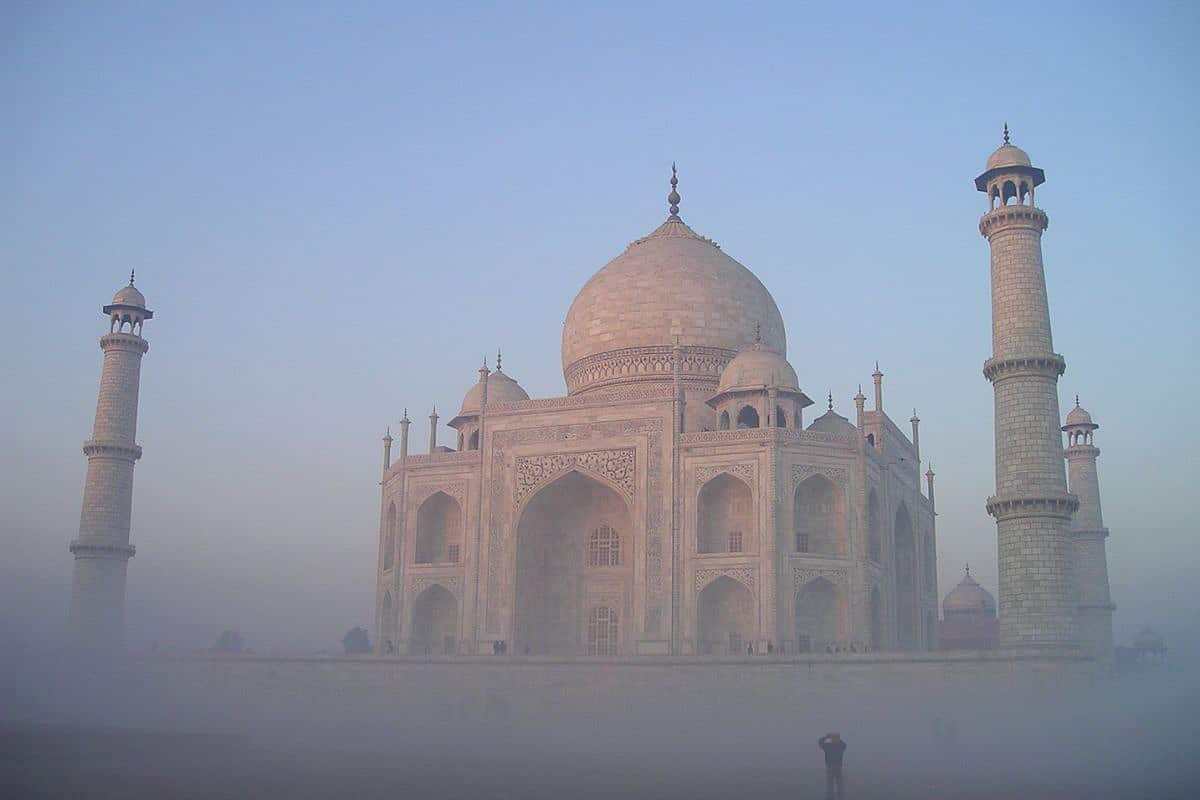
In 2015, India faced an intense and prolonged heat wave, particularly in the states of Telangana and Andhra Pradesh. Temperatures soared above 113°F (45°C) in many areas, resulting in the deaths of over 2,500 people. The extreme heat also affected agricultural productivity and triggered severe water shortages.
The Pakistan Heat Wave of 2015
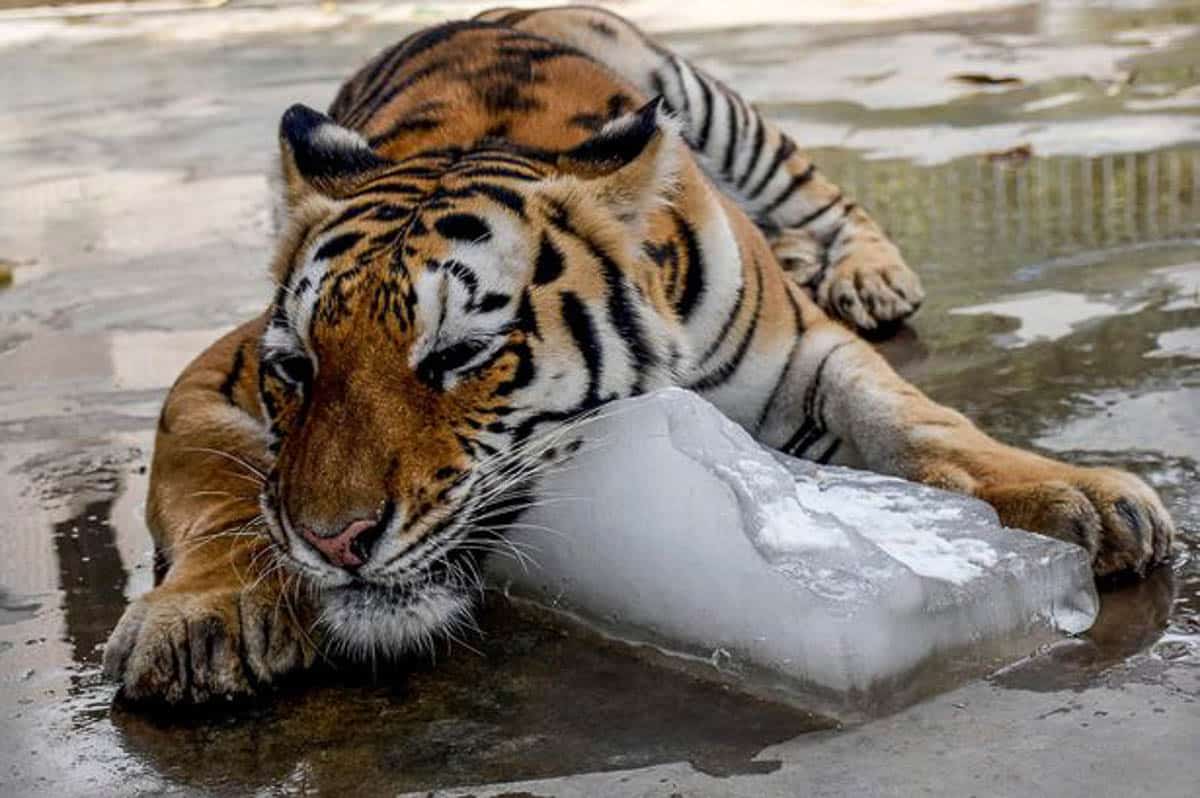
In the same year as the Indian heat wave, Pakistan experienced a deadly heat wave of its own. The port city of Karachi was the hardest hit, with temperatures exceeding 113°F (45°C). The extreme heat and humidity caused thousands of deaths, mostly among vulnerable populations lacking access to adequate shelter and resources.
The Australian Heat Wave of 2019-2020
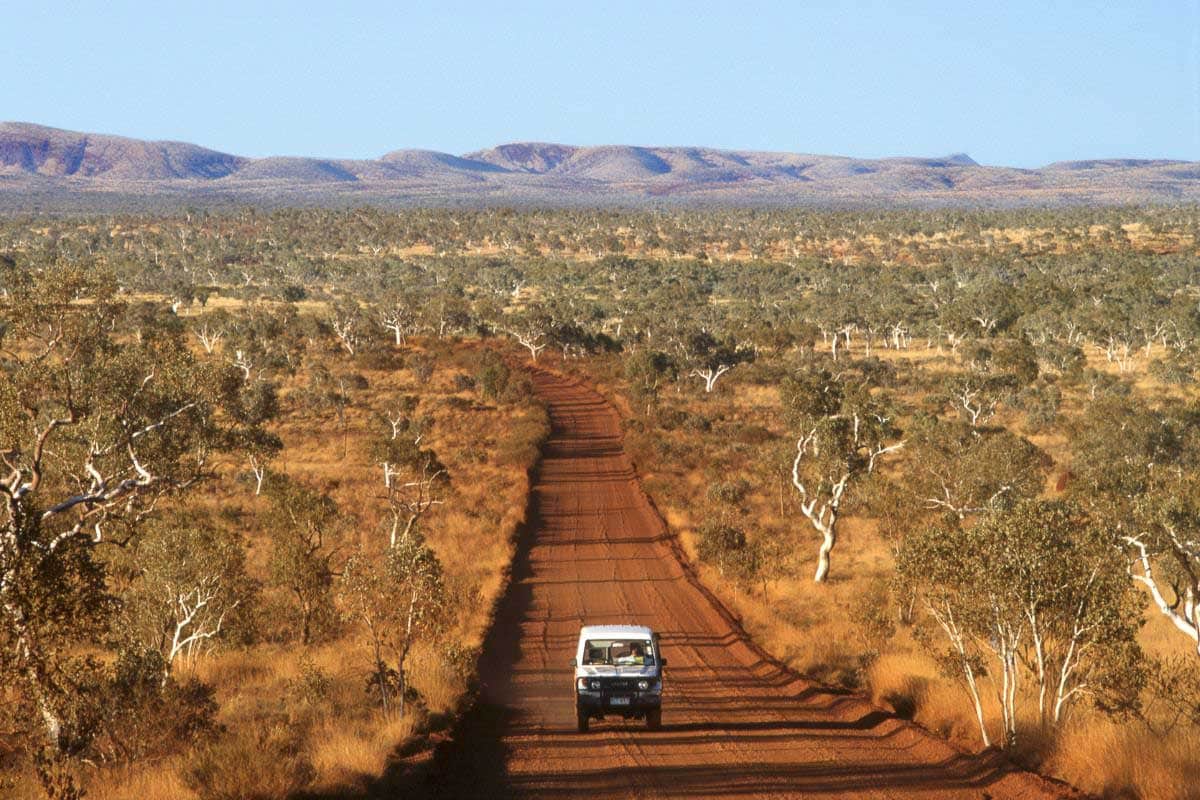
Australia experienced a prolonged and severe heat wave during the summer of 2019-2020. The country recorded its highest national average temperature of 107.4°F (41.9°C) in December 2019. The heat wave contributed to the severity of the 2019-2020 Australian bushfire season, which resulted in significant destruction of property, loss of wildlife, and human casualties.
The 1911 Heatwave in the United States
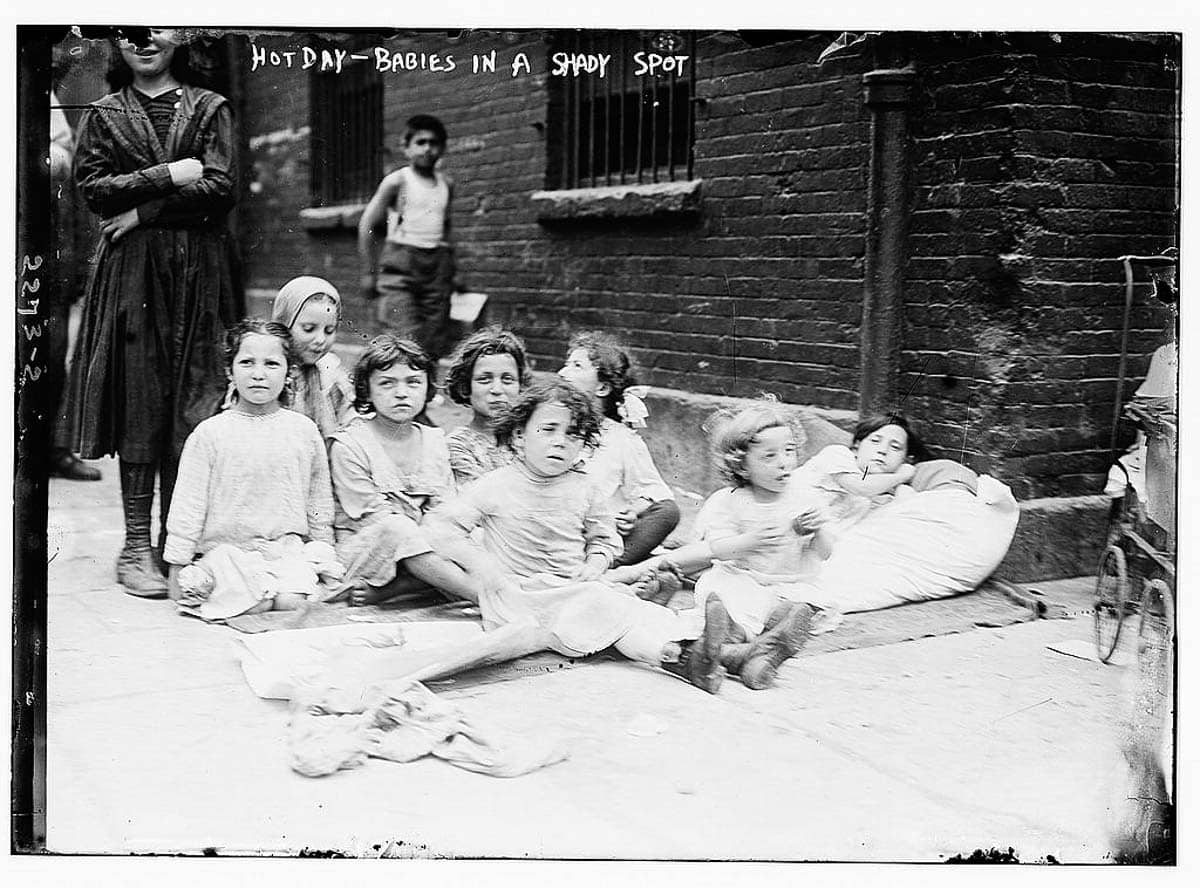
In July 1911, a severe heatwave struck the Northeastern United States. The city of Nashua, New Hampshire, recorded a temperature of 106°F (41.1°C), which remains a record high for the state. The heatwave caused widespread discomfort, health issues, and challenges in managing heat-related illnesses.
Climate Change Is Real

These heat waves serve as reminders of the growing threat posed by climate change and the importance of taking measures to mitigate its effects. As the planet continues to warm, heat waves are projected to become more frequent, intense, and widespread, underscoring the need for adaptation and resilience strategies to protect human life and the environment.
How To Stay Cool Without An Air Conditioner When It’s Over 100 Degrees

When faced with power outages, extreme heat, or a desire to save money, it’s possible to stay comfortable without relying on artificial cooling in your home. And it is more than just a matter of comfort; high temperatures can be harmful to the body, leading to heat-related illnesses like hyperthermia, which is our body over-heating, sometimes actually elevating our internal body temperature. Here are some effective methods to keep cool without air conditioning:
Read: How To Stay Cool Without An Air Conditioner When It’s Over 100 Degrees
How To Stay Cool: Maximize Your Air Conditioner’s Performance

With much of the country in the grips of a massive heat wave, many people who have air conditioners (AC) in their homes are running them overtime. These extreme outdoor air temperatures present a significant challenge to AC systems, which engineers and installers say are only designed to keep indoor temperatures about 20 degrees Fahrenheit cooler than outside. With temperatures in many parts of the U.S. in excess of 100 degrees Fahrenheit, that can pose a big problem.
Experts offer tips on how to maximize your air conditioner’s performance. Read:
How To Stay Cool: Maximize Your Air Conditioner’s Performance
Be Cool: How To Pack a Cooler For Maximum Cooling
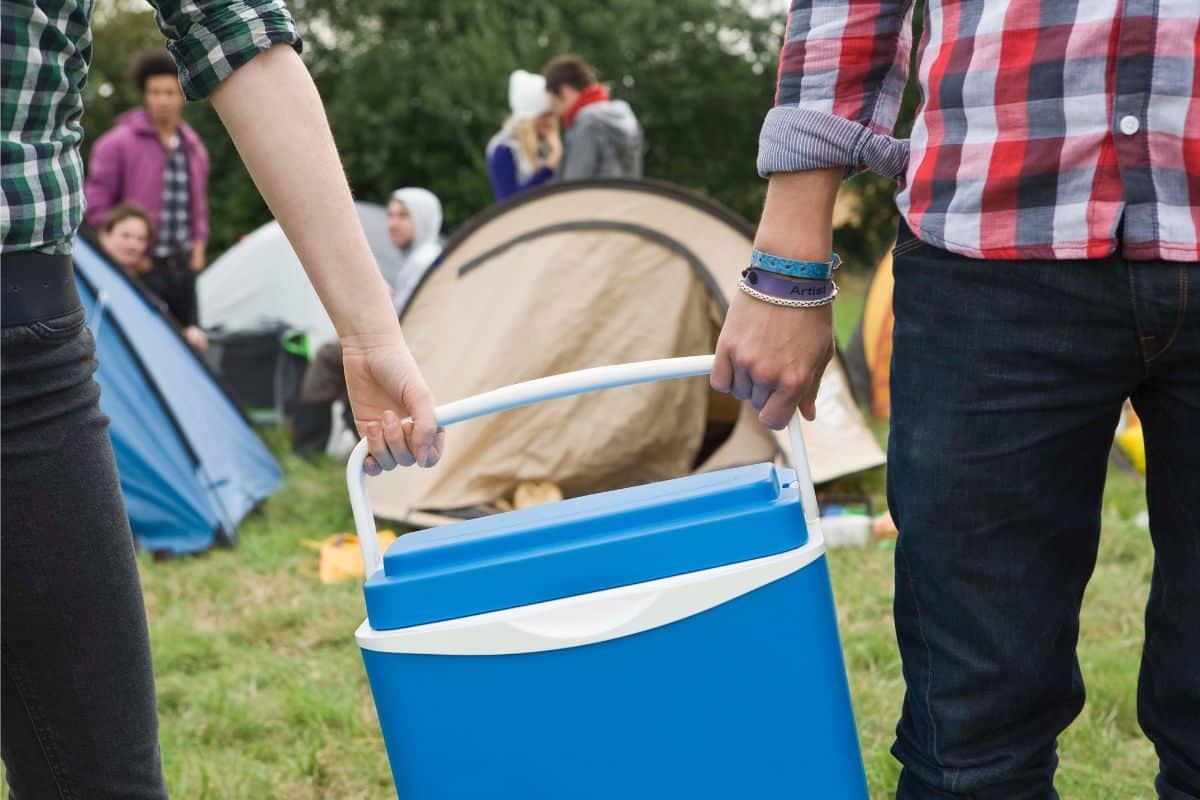
Summer means outdoor picnics, potlucks with friends, and camping. And we need to tote our food safely and efficiently, and that means coolers are involved. We are not going to tell you the best cooler (you can look that up if shopping for a new one, or maybe you have a trusted container), but we are going to show you how to pack your cooler. There are ways to pack your cooler for cooling and food preservation efficiency. None of this is hard, but there are definitely some tricks.




